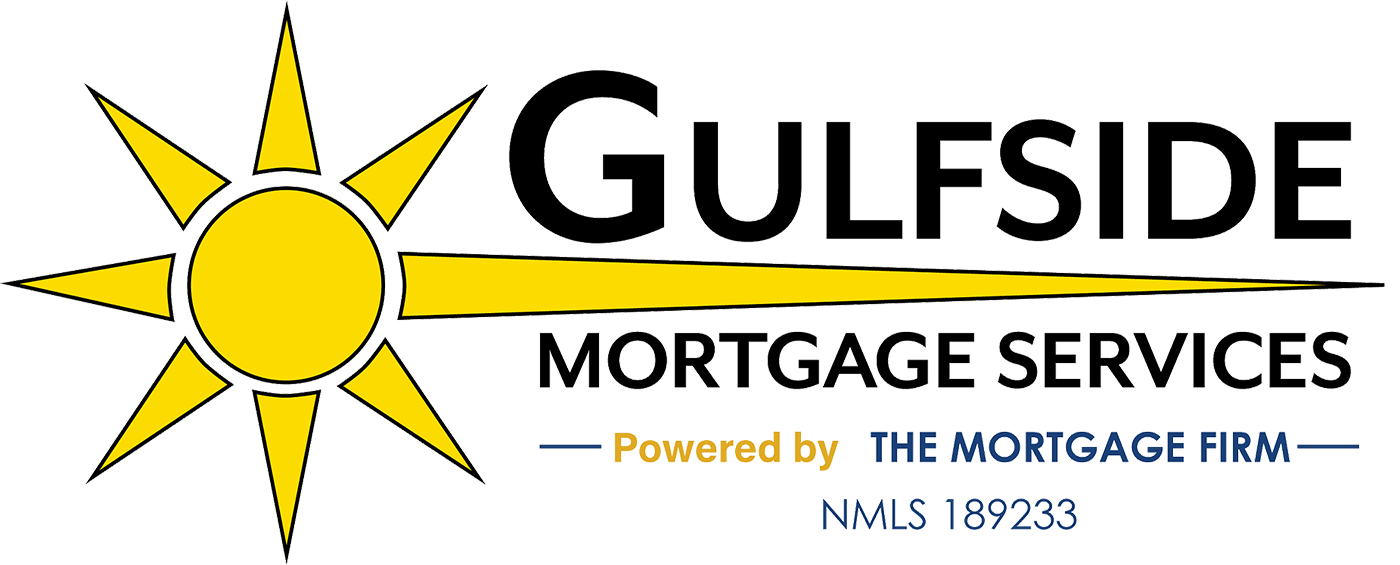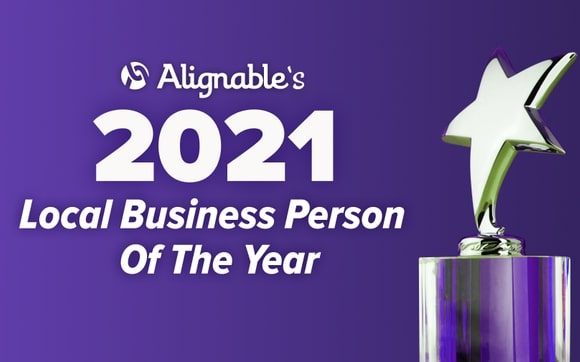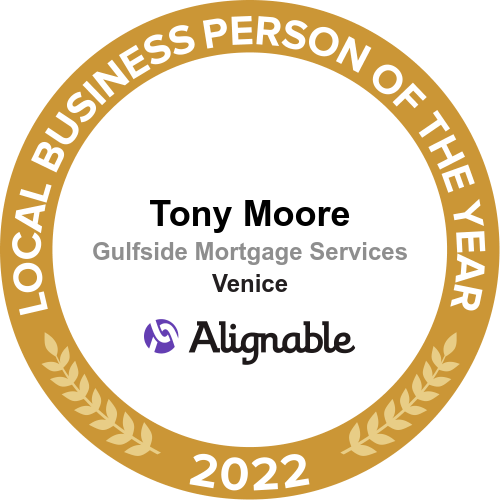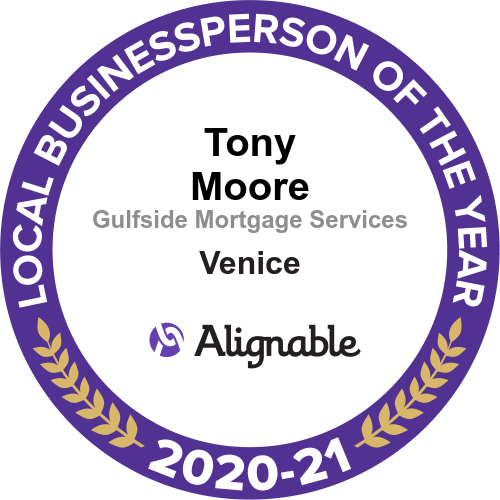0401
If you’re considering buying a home, it’s important to understand the different types of mortgages available. The two most common types of mortgages are fixed rate and adjustable rate. Fixed rate mortgages have the same interest rate over the entire life of the loan, while adjustable rate mortgages can have changing interest rates that fluctuate depending on market conditions. Let’s take a closer look at the differences between fixed rate and adjustable rate mortgages.
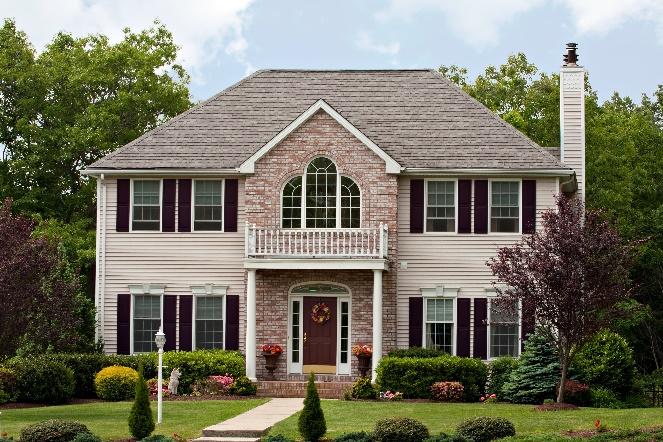
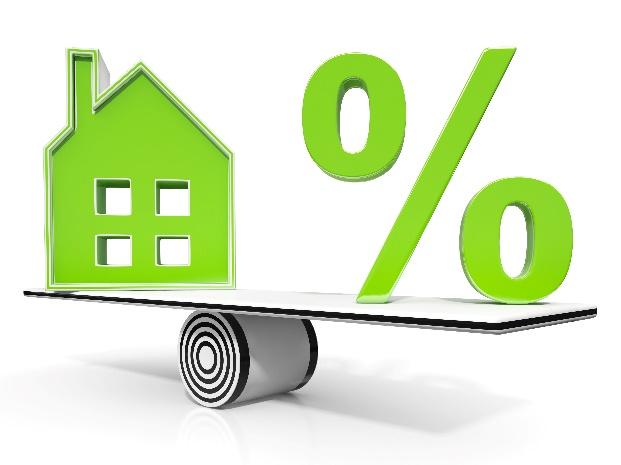 Choosing between a fixed rate or adjustable rate mortgage comes down to understanding your financial needs and goals over time. If you don’t expect major changes in income or expenses anytime soon, then a fixed-rate option may be best for you since it offers stability and predictability when budgeting for monthly payments throughout your loan term. If you anticipate needing some flexibility when it comes to budgeting for your mortgage payments or want lower initial costs, then an ARM might be worth considering; however, keep in mind that this type of loan carries more risk due to potentially increasing payments over time if interest rates go up significantly in the future. Ultimately only you can decide which type of mortgage is best suited for meeting both short term and long term financial objectives. Potential home buyers should weigh all options carefully before committing either way so they make sure their decision works best for them now and into the future!
Choosing between a fixed rate or adjustable rate mortgage comes down to understanding your financial needs and goals over time. If you don’t expect major changes in income or expenses anytime soon, then a fixed-rate option may be best for you since it offers stability and predictability when budgeting for monthly payments throughout your loan term. If you anticipate needing some flexibility when it comes to budgeting for your mortgage payments or want lower initial costs, then an ARM might be worth considering; however, keep in mind that this type of loan carries more risk due to potentially increasing payments over time if interest rates go up significantly in the future. Ultimately only you can decide which type of mortgage is best suited for meeting both short term and long term financial objectives. Potential home buyers should weigh all options carefully before committing either way so they make sure their decision works best for them now and into the future!

Fixed Rate Mortgages
Fixed rate mortgages are ideal for home buyers who want to stick with a budget. With this type of mortgage, your monthly payments will remain consistent throughout the life of the loan—no matter what changes in market conditions or interest rates might occur. Fixed rate mortgages typically have terms from 15 to 30 years, although some lenders offer longer terms as well. This is good for budgeting, because it allows you to know exactly what your payments will be each month.The downside is that you could end up paying more than necessary if interest rates drop after you sign your loan agreement. Additionally, if you want to refinance your loan at any point during its term, there may be fees involved depending on your lender and loan terms.Adjustable Rate Mortgages
An adjustable-rate mortgage (ARM) has an interest rate that changes over time according to market conditions and other factors like inflation. ARMs usually have initial fixed-rate periods ranging from 5 to 10 years, after which they adjust annually or semi-annually (twice a year). With an ARM, your monthly payments could potentially decrease or increase depending on what happens with interest rates in the market. This type of loan is attractive because they often come with lower initial interest rates than a fixed-rate mortgage, thus making them more affordable initially; however, this also means that payments can change significantly over time if interest rates rise dramatically in the future. As such, ARM loans carry more risk than fixed-rate loans since you could end up paying much more than expected due to increases in monthly payments caused by rising interest rates. Choosing between a fixed rate or adjustable rate mortgage comes down to understanding your financial needs and goals over time. If you don’t expect major changes in income or expenses anytime soon, then a fixed-rate option may be best for you since it offers stability and predictability when budgeting for monthly payments throughout your loan term. If you anticipate needing some flexibility when it comes to budgeting for your mortgage payments or want lower initial costs, then an ARM might be worth considering; however, keep in mind that this type of loan carries more risk due to potentially increasing payments over time if interest rates go up significantly in the future. Ultimately only you can decide which type of mortgage is best suited for meeting both short term and long term financial objectives. Potential home buyers should weigh all options carefully before committing either way so they make sure their decision works best for them now and into the future!
Choosing between a fixed rate or adjustable rate mortgage comes down to understanding your financial needs and goals over time. If you don’t expect major changes in income or expenses anytime soon, then a fixed-rate option may be best for you since it offers stability and predictability when budgeting for monthly payments throughout your loan term. If you anticipate needing some flexibility when it comes to budgeting for your mortgage payments or want lower initial costs, then an ARM might be worth considering; however, keep in mind that this type of loan carries more risk due to potentially increasing payments over time if interest rates go up significantly in the future. Ultimately only you can decide which type of mortgage is best suited for meeting both short term and long term financial objectives. Potential home buyers should weigh all options carefully before committing either way so they make sure their decision works best for them now and into the future!